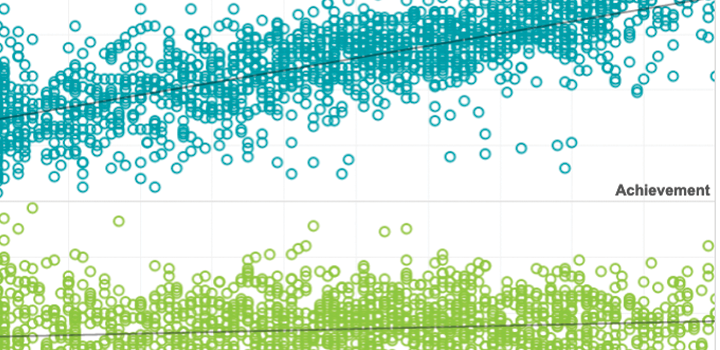Research report
Changes in school composition during the COVID-19 pandemic: Implications for school-average interim test score use
January 2022

Description
School officials regularly use school-aggregate test scores to monitor school performance and make policy decisions. After the U.S. Department of Education offered assessment waivers to all 50 states in 2019–2020, many educators and policymakers advocated for assessment programs to be restarted in the 2020–2021 school year to evaluate the state of teaching and learning and to inform policies for recovery from the coronavirus disease 2019 (COVID-19) pandemic. However, the use of school-aggregate test scores for these purposes relies on the assumption that differences in aggregate scores can be accurately interpreted as representing real and meaningful differences in school progress and performance. There are serious concerns about the accuracy of such interpretations even under routine schooling conditions, but the pandemic may exacerbate these issues and further compromise the comparability of these test scores. In this report, RAND researchers investigate one specific issue that may contaminate utilization of COVID-19–era school-aggregate scores and result in faulty comparisons with historical and other proximal aggregate scores: changes in school composition over time. To investigate this issue, they examine data from NWEA’s MAP Growth assessments, interim assessments used by states and districts during the 2020–2021 school year.
See MoreTopics: Measurement & scaling, COVID-19 & schools







